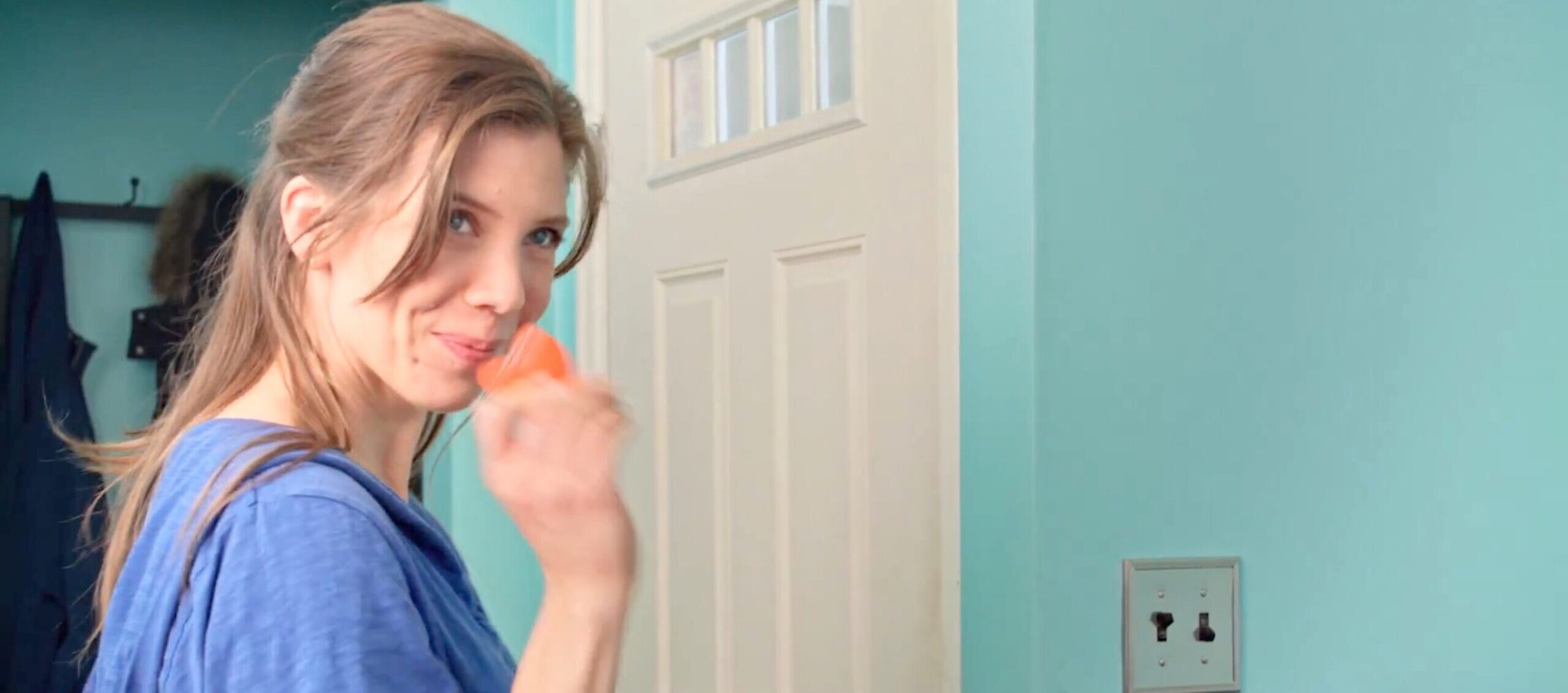
Una rutina para las separaciones
“Cuando decimos adiós, no es para siempre. Cuando decimos adiós, no es el fin. Solo quiere decir que te extrañaré hasta que nos veamos de nuevo.”
– AUTOR DESCONOCIDO
You have probably experienced the clinging, clutching, and crying that often accompany a goodbye. Babies, and sometimes even toddlers, don’t make it easy for you to leave—even for a quick run to the store. Being upset when you’re not with them is perfectly normal, and can start at any time during the first three years.…
Initially, you’re the center of your child’s universe. Your newborn is totally dependent on you, and imagines that you are an extension of her. At around four months old, your child begins to realize that you are separate from her. This new awareness makes it difficult for her to understand that you still exist whenever…
You may be tempted to sneak out and avoid a scene, but that only tends to make your child more anxious. You can ease separations that are painful for both of you by establishing a consistent way to say goodbye, much as you might have already done to ease the stress of bedtime. The repetition…
Like Charlie Brown’s best friend Linus and his blue security blanket, children often find comfort in the familiar, soft touch of a lovie or cuddly toy. These items are called transitional objects. People of all ages use transitional objects, ranging from students taking their stuffed animal to college to adults with heirlooms that have special…
• Designate a special place in your house, like your child’s room, where you can focus on each other for a few minutes before you say goodbye. • Give your child a heads-up. Sit at eye level, look into her eyes, and calmly tell her, “Mommy will be leaving in five minutes.” (Hold up five…
Bowlby, J. (1969). Attachment and loss: Volume 1. New York, NY: Basic Books. Center on the Developing Child at Harvard University. (n.d.). Key concepts: Brain architecture. Retrieved from http://developingchild.harvard.edu/science/key-concepts/brain-architecture/ Kaplan, L.J. (1978). Oneness and separateness: From infant to individual. New York, NY: Simon & Schuster. Kopp, C. B. (1982, March). Antecedents of self-regulation: A developmental…
| Cookie | Duración | Descripción |
|---|---|---|
| __stripe_mid | 1 year | Stripe sets this cookie cookie to process payments. |
| __stripe_sid | 30 minutes | Stripe sets this cookie cookie to process payments. |
| cookielawinfo-checkbox-advertisement | 1 year | Set by the GDPR Cookie Consent plugin, this cookie is used to record the user consent for the cookies in the "Advertisement" category . |
| cookielawinfo-checkbox-analytics | 11 months | This cookie is set by GDPR Cookie Consent plugin. The cookie is used to store the user consent for the cookies in the category "Analytics". |
| cookielawinfo-checkbox-functional | 11 months | The cookie is set by GDPR cookie consent to record the user consent for the cookies in the category "Functional". |
| cookielawinfo-checkbox-necessary | 11 months | This cookie is set by GDPR Cookie Consent plugin. The cookies is used to store the user consent for the cookies in the category "Necessary". |
| cookielawinfo-checkbox-others | 11 months | This cookie is set by GDPR Cookie Consent plugin. The cookie is used to store the user consent for the cookies in the category "Other. |
| cookielawinfo-checkbox-performance | 11 months | This cookie is set by GDPR Cookie Consent plugin. The cookie is used to store the user consent for the cookies in the category "Performance". |
| CookieLawInfoConsent | 1 year | Records the default button state of the corresponding category & the status of CCPA. It works only in coordination with the primary cookie. |
| elementor | never | This cookie is used by the website's WordPress theme. It allows the website owner to implement or change the website's content in real-time. |
| viewed_cookie_policy | 11 months | The cookie is set by the GDPR Cookie Consent plugin and is used to store whether or not user has consented to the use of cookies. It does not store any personal data. |
| Cookie | Duración | Descripción |
|---|---|---|
| mailchimp_landing_site | 1 month | The cookie is set by MailChimp to record which page the user first visited. |
| Cookie | Duración | Descripción |
|---|---|---|
| _ga | 2 years | The _ga cookie, installed by Google Analytics, calculates visitor, session and campaign data and also keeps track of site usage for the site's analytics report. The cookie stores information anonymously and assigns a randomly generated number to recognize unique visitors. |
| _gat_gtag_UA_46801669_2 | 1 minute | Set by Google to distinguish users. |
| _gid | 1 day | Installed by Google Analytics, _gid cookie stores information on how visitors use a website, while also creating an analytics report of the website's performance. Some of the data that are collected include the number of visitors, their source, and the pages they visit anonymously. |
| tk_lr | 1 year | The tk_lr is a referral cookie set by the JetPack plugin on sites using WooCommerce, which analyzes referrer behaviour for Jetpack. |
| tk_or | 5 years | The tk_or is a referral cookie set by the JetPack plugin on sites using WooCommerce, which analyzes referrer behaviour for Jetpack. |
| tk_r3d | 3 days | JetPack installs this cookie to collect internal metrics for user activity and in turn improve user experience. |
| tk_tc | session | JetPack sets this cookie to record details on how user's use the website. |
| Cookie | Duración | Descripción |
|---|---|---|
| cookies.js | session | No description available. |
| m | 2 years | No description available. |
This content is exclusive to CuddleBright® customers.
Experience CuddleBright® today!
Already a customer? Login to view.